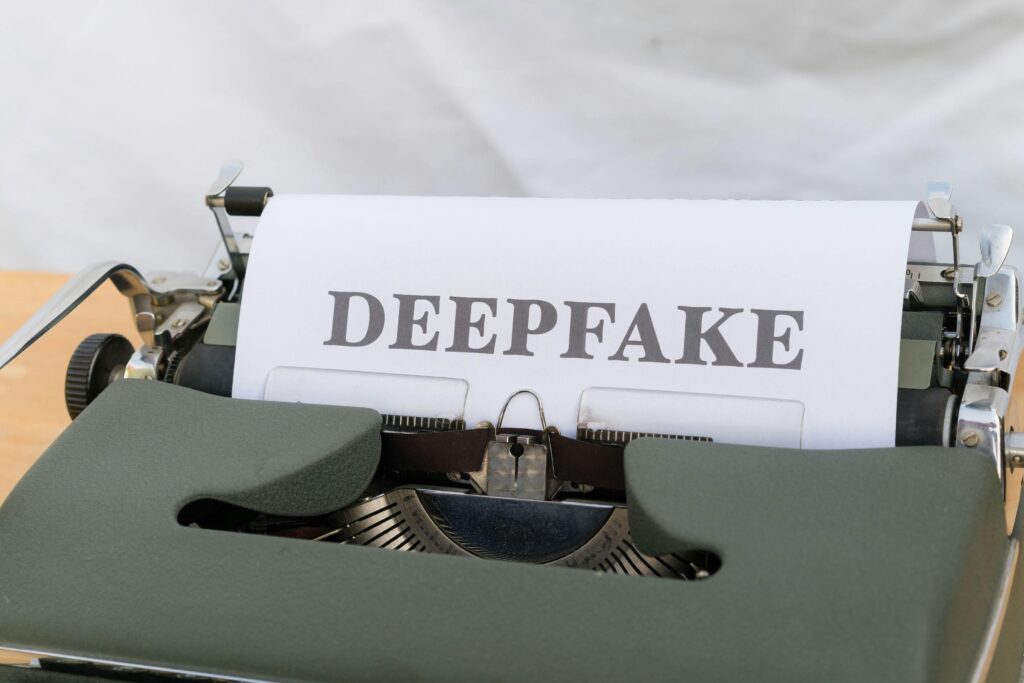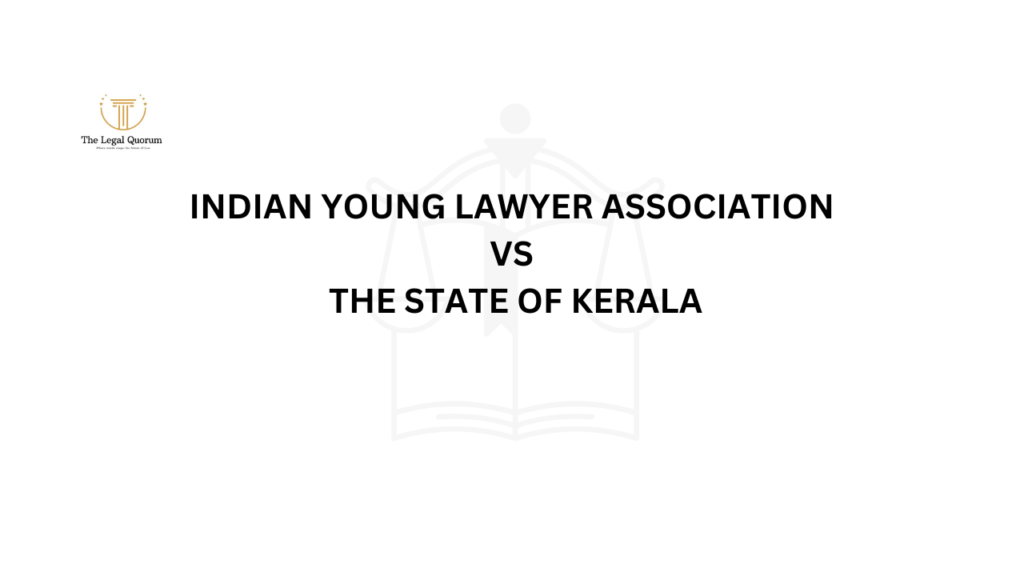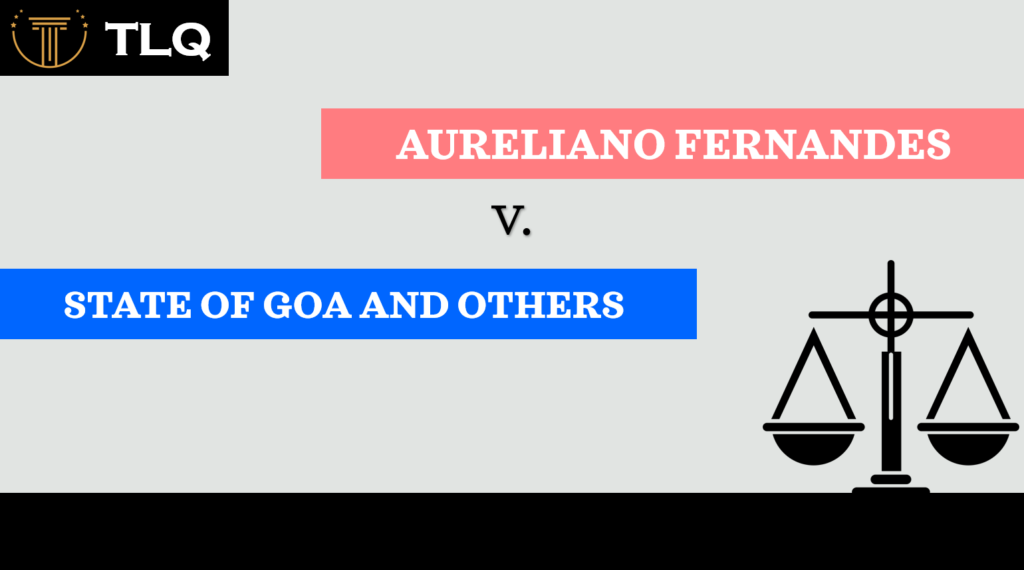Published On: September 30th 2025
Authored By: Azaa Junaid
Faculty of Law,
Aligarh Muslim University
Abstract
Vast expansion of State functions has taken place in India since 1947. Many of the rights and powers, which earlier were exclusively in the individual’s own regulation, have now fallen into the domain of government administration. These rights are said to have been preserved as inviolable and are made enforceable through the Constitution of India as fundamental rights, enshrined in its part III. The Judiciary is the protector of fundamental rights. But, what if the rights which are innate demand of an individual for his self-preservation are not recognized as his fundamental rights, when the Constitution makers, its guardians, and the legislators deny to grant and protect the very right? One of many such rights is,-the right to bear and carry arms. Britishers passed The Arms Act of 1878 in the Colonial Period. In post-independent India, the Arms Act of 1959 was enacted, and the status quo is maintained in the twenty-first century as well, presently, through The Arms (Amendment) Act of 2019. The article delves into the purpose of arms legislation, and the split of judicial precedents. It evaluates the arguments given in support of disarming law-abiding citizens and negates the rationale. It asserts the idea that the right to bear arms is an indispensable right of individuals and should be given the status of a fundamental right.
Introduction
Humans throughout history have preserved themselves with arms and weapons of their own. The arms that the individual carried not only served the purpose of self-preservation but also as a symbol of the dignity with which he walked. Never in history has a human given up upon this right of his in the State’s will. In Indian history, the first attack on this right of his was the legislation passed to disarm the Indians in 1878, which subsequently was carried in the post-colonial period from 1959 till today, with the force of the Amendment Act of 2019[1]. The article critically analyzes the basis of enacting laws regulating arms control, refers to the judicial decisions taken from time to time, and proposes that these arm legislations could never successfully achieve their pursuit but only harmed the right of individual liberty and protection plainly and roundabout.
Legal History
The chief legislation governing firearms in India is The Arms (Amendment) Act of 2019, which amended the Arms Act of 1959, passed essentially to fill the loopholes in monitoring the illegal possession and use of firearms. Prior to the Amendment Act of 2019, owing to the evolving hurdles poised to the regulation of arms, the Arms Rules of 1962 were reframed in 2016.[2] The Rules introduced stricter procedures for obtaining licenses, manufacturing, sale, possession, transportation, and other similar changes. However, the need was felt by the government not merely to introduce new rules but to amend the statute itself in 2019.
During the Constituent Assembly debate of December 1948, it was proposed by HV. Kamath included the right to bear arms as a fundamental right, which gained the support of Hasrat Mohani, which was, however eventually discarded. Later, Justice Katju[3], in a judgment, opined that the right to bear arms is embedded in Article 21 of the Indian Constitution, which was also overruled by subsequent judgments.
The notion that holds right to bear and carry arms not to be a fundamental right has to be reevaluated and the passing of such prudish laws has to be reappraised, for malefactors shall always have access to firearms for malevolent purposes, while the regular law-abiding citizens shall have to go through such strait-laced scrutiny, for acquiring arms for self-preservation. While the right to self-defense is given recognition in Indian Law, in contra, the right does not include carrying arms. It has to be endorsed that State forces are not omnipresent to protect the life of every single individual. Hence it becomes imperative to acknowledge the relationship between the right to self-defense and the right to bear arms. The right to life cannot be addressed if one does not have the right to protect that very right.[4]
Other than the threat posed to common law-abiding citizens from anti-social elements, is the threat of breach of ethical boundaries of the state itself. The ethical boundaries of the government institutions cannot be sanctified. The police authorities have often, while acting as puppets of the government, breached the boundaries of their ethical code of conduct, especially in their dealing with minority communities. Legislation restricting and making difficult the obtaining of arms by regular, law-abiding citizens is a matter of concern and a threat to their lives, honor, property, and liberty.
To balance the mutual trust between those holding the reins of administration and those being administered, the inclusion of the right to bear arms becomes inexorable.
The Necessity of Obtaining Weapons
Bearing arms is perceived as a cause of corruption, crimes, and impediment for the State to carry out its administration. The rationale given is that if every individual had the right to go into the market and purchase all sorts of instruments of attack without hindrance from the State, the administration would be hampered. In the opinion of B.R. Ambedkar, the right to bear arms was needed in Colonial India, and as for the present, in the Constitutional Republic, it is not required. This abhorrent attitude of Constitution framers led to the denial of the right to bear arms as a fundamental right. This perception, however, seems to be far-fetched.
On May 22, 1987, the Provincial Armed Constabulary (PAC) massacred 42 defenseless men of a minority community, with the government involvement in Hashimpura[5]; on November 26, 2008, a series of attacks carried out at Taj Hotel in Mumbai resulted in the killing of the 166 defenseless citizens and injuries to hundreds. As Dalai Lama XIV has said, “If someone has a gun and is trying to kill you, it would be reasonable to shoot him back with your own gun.” the right to bear arms becomes indispensable. Self-defense can not be entrusted to anyone except oneself.
It is an innate demand of individuals as human beings to protect themselves and their children against corruption and breach of the ethical boundaries of government institutions. The threat from anti-social elements and the breach of ethical boundaries of government institutions is ever hanging. A citizen carrying a gun in itself is a check on the ethics of executive bodies.
Arms Escalate Criminal Activities And Present A Threat To State Administration?
The Arms (Amendment) Act, 2019, has brought stricter procedures for acquiring arms. It classifies firearms into prohibited (PB) and non-prohibited (NPB) categories, restricting the number of firearms to be possessed by an individual to one. Stricter punishments for violating the provisions of the act are incorporated such as imprisonment of at least ten years, which may be extended to a life sentence, and other similar provisions. The rationale for tightening the licensing is the increased crime rates, supposedly, resulting from the possession of arms.
The advocates for disarming citizens quote the incident of the Uvalde School shooting[6] to criticize the US position, in which 19 children, two teachers, and 17 other people were fatally shot, to support their stance. But considering the scenario from a contrasting perspective eliminates this false perception. If those regular citizens who were brutally shot were equipped with arms, the situation would have been different altogether, and those many lives would not have been lost.
The second argument that possession of arms by regular citizens causes hindrance to the State administration, also seems to be built upon flawed reasoning. Why should law-abiding citizens not be trusted by the state, while the citizens are obliged to trust the state unquestionably for their own protection? In the words of Thomas Jefferson, “What country can preserve its liberties if its rulers are not warned from time to time that their people preserve the spirit of resistance. Let them take arms.”
India demonstrates the unlikelihood from its neighboring nations in the sense that never have Indian Military forces attempted to overtake the government. The military forces of Pakistan, Myanmar, Bangladesh, and Sri Lanka, at one time or the other, have attempted coup d’état which never took place in India, even though Indian Military forces are heavily equipped with all sorts of arms and weapons. This is due to their training and discipline. Similarly, law-abiding citizens of sound mind and good character must be easily given a license
Enacting prudish laws has proved to be ineffective in curbing crimes, which implies that arms do not kill people; people kill people. They are just tools, not the cause of violence. The need is to amend the behavior and attitude of the people, not the legislation. The procedure of acquiring arms must be made easier, which will eliminate the need to resort to illegal arms to protect oneself.
Several legislators, despite being given State security, have been allowed to possess arms, of which many are charged with serious crimes. 70% of NDA and INDIA candidates are armed in Uttar Pradesh and in Bihar.[7] The proven criminals, sitting in parliament houses should not be dictating to citizens of any nation that arms should not be borne. A girl who is attacked while she is on her way back from the office must be trained and equipped with a small firearm of her own.
Bearing arms is not the problem, not owning one is, with etiquette and responsibility. On the far-fetched perceptions and flawed reasoning, liberty and the right of self-preservation cannot be snatched away. Moreover, it should be given constitutional status.
The Judicial Splits
- Ganesh Chandra Bhatt V. District Magistrate, Almora, And Others[8]
In this case, Justice Katju construed Section 13 and Section 14 of the Arms Act of 1959 in the light of Article 21 of the Indian Constitution to do away with the British policy of keeping Indian people disarmed. The right to bear arms was held to be a fundamental right.
- Kapildeo Singh V. The State of Bihar[9]
The Patna High Court held that In our Constitution and jurisprudence, there is no fundamental right to bear arms, unlike the Second Amendment to the American Constitution. The court also criticized the constitutional status given to arms possession in the US for raising heads of gun running and mafia.,
- Pawan Kumar Jha V. State of U.P. and others[10]
The Court in Pawan Kumar Jha V. State of U.P. and others, has held that undue restriction on keeping and bearing arms ought not to be based on unfounded fear. License is normally to be granted unless there is something adverse.
Conclusion
Self-preservation cannot be entrusted to anyone except oneself. Bearing and carrying arms is a means of self-preservation, self-defense, and honor, and the course of history reveals the same. While there is a need to control arms to curb crimes, the perception that bearing arms against citizens is mutually exclusive to the idea of curbing crimes is not true. Individuals, in no way, should be debarred from possessing weapons. Not only should there be procedural relaxation in gun licensing, but also an optimistic approach must be followed and individuals must be trained to use arms.
References
[1] ‘Right to bear arms: Did India get it right?’ Deccan Herald (Bengaluru, 10 July 2022) <https://www.deccanherald.com/opinion/right-to-bear-arms-did-india-get-it-right-1122544.html> accessed 18 June 2025.
[2] Gun Ownership Regulation in India’< https://brieflaws.com/blog/gun-ownership-regulation-in-india> accessed 18 June 2025.
[3] Ganesh Chandra Bhatt v District Magistrate, Almora and Others (1993) 1 All WC.
[4] Tennyson Samraj, ‘The Right to Self-Defense and The Right to Bear Arms: Self-Defense is a Human Right; The Right to Bear Arms is a Legal Option/Right’ (2020) 3 International Journal of Social Sciences and Management Review 220.
[5] ‘May 1987: Hashimpura Massacre, the Long Road to Justice, and a Poet’s Lament’ <https://m.thewire.in/article/rights/may-1987-hashimpura-massacre-muslims-meerut-up-pac> accessed 18 June 2025.
[6] ‘Uvalde School Shooting: What We Know One Year Later’ <https://www.texastribune.org/2023/05/24/uvalde-school-shooting-what-to-know/> accessed 18 June 2025.
[7] ‘Guns and Democracy in the Hindi Hinterland: 70% NDA and INDIA Candidates Armed in UP, Over 42% in Bihar’<https://www.newslaundry.com/2024/05/28/guns-and-democracy-in-the-hindi-hinterland-70-nda-and-india-candidates-armed-in-up-over-42-in-bihar> accessed 18 June 2025.
[8] (1993) 1 ALL WC
[9]AIR 1987 Pat 122
[10] 2010 (10) ADJ 782




